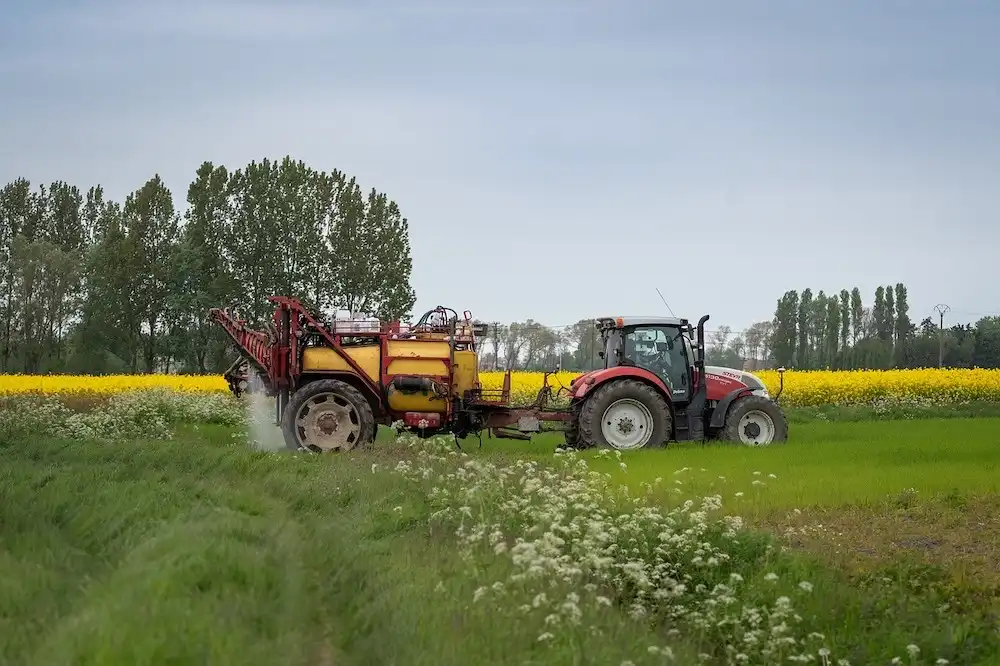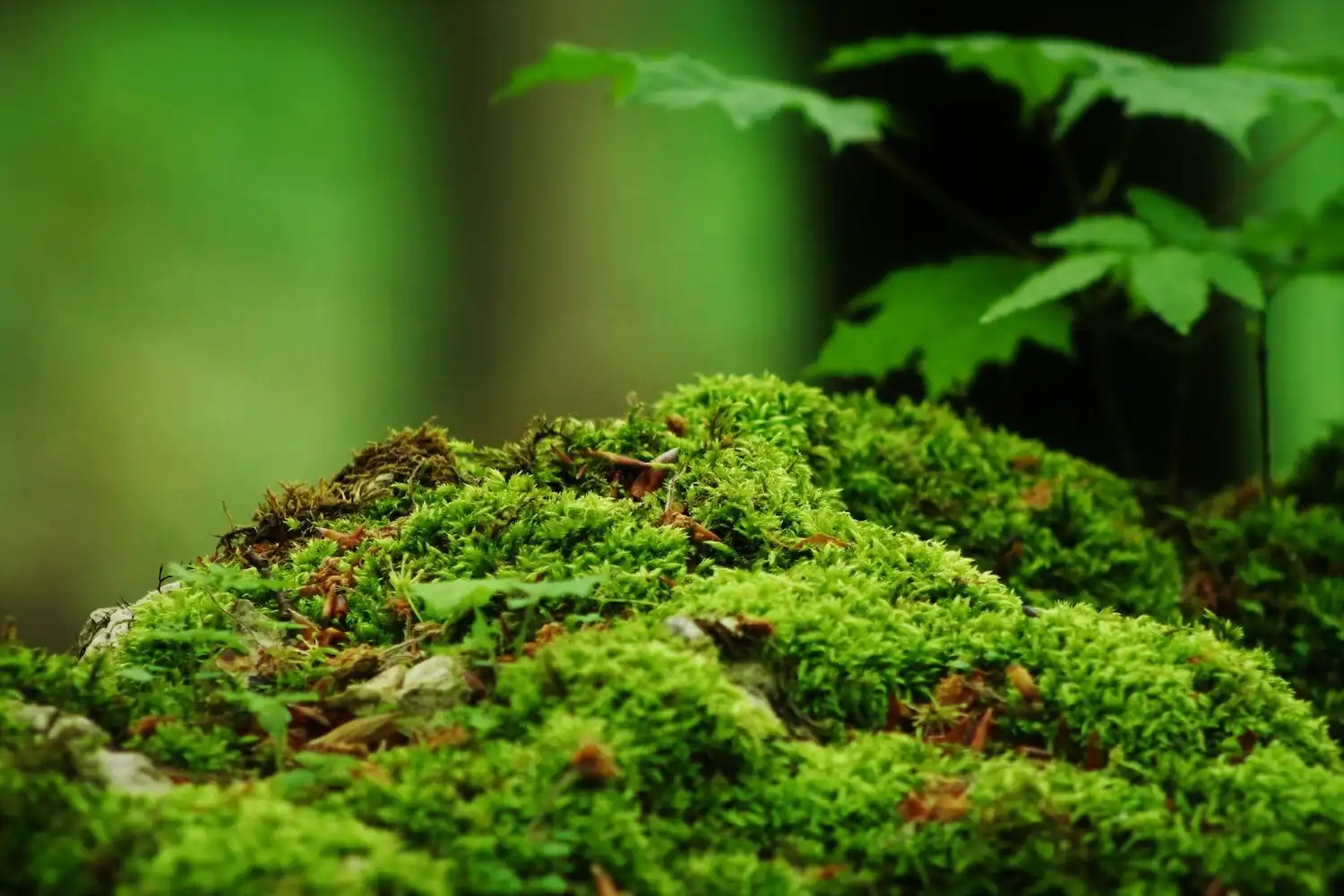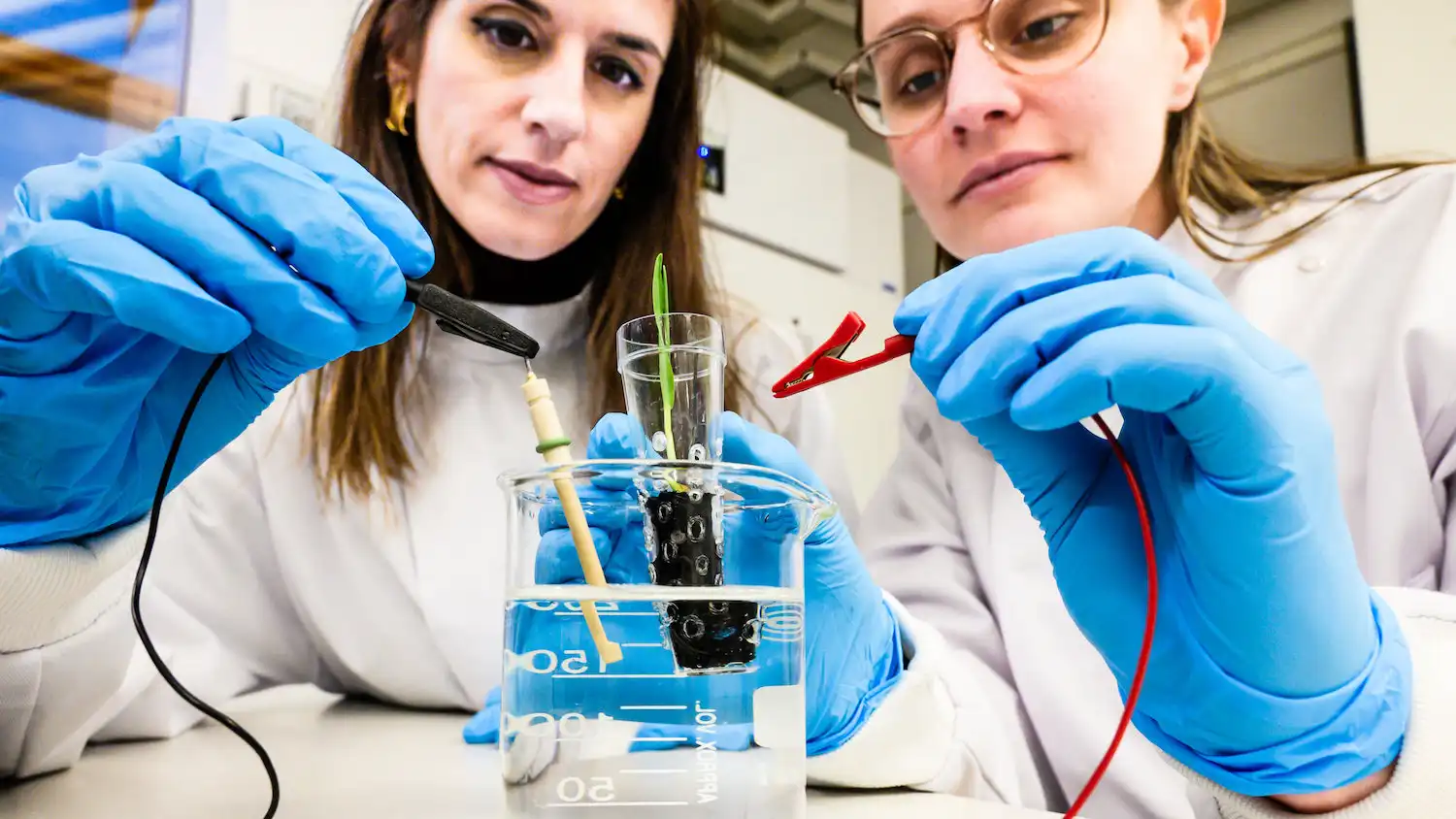
A global survey, encompassing 125 countries and over 130,000 individuals, reveals unprecedented support for climate action. Findings indicate 69% of respondents are willing to allocate 1% of personal income towards combating climate change. Overwhelmingly, 86% support pro-climate social norms, emphasizing…
Read More











